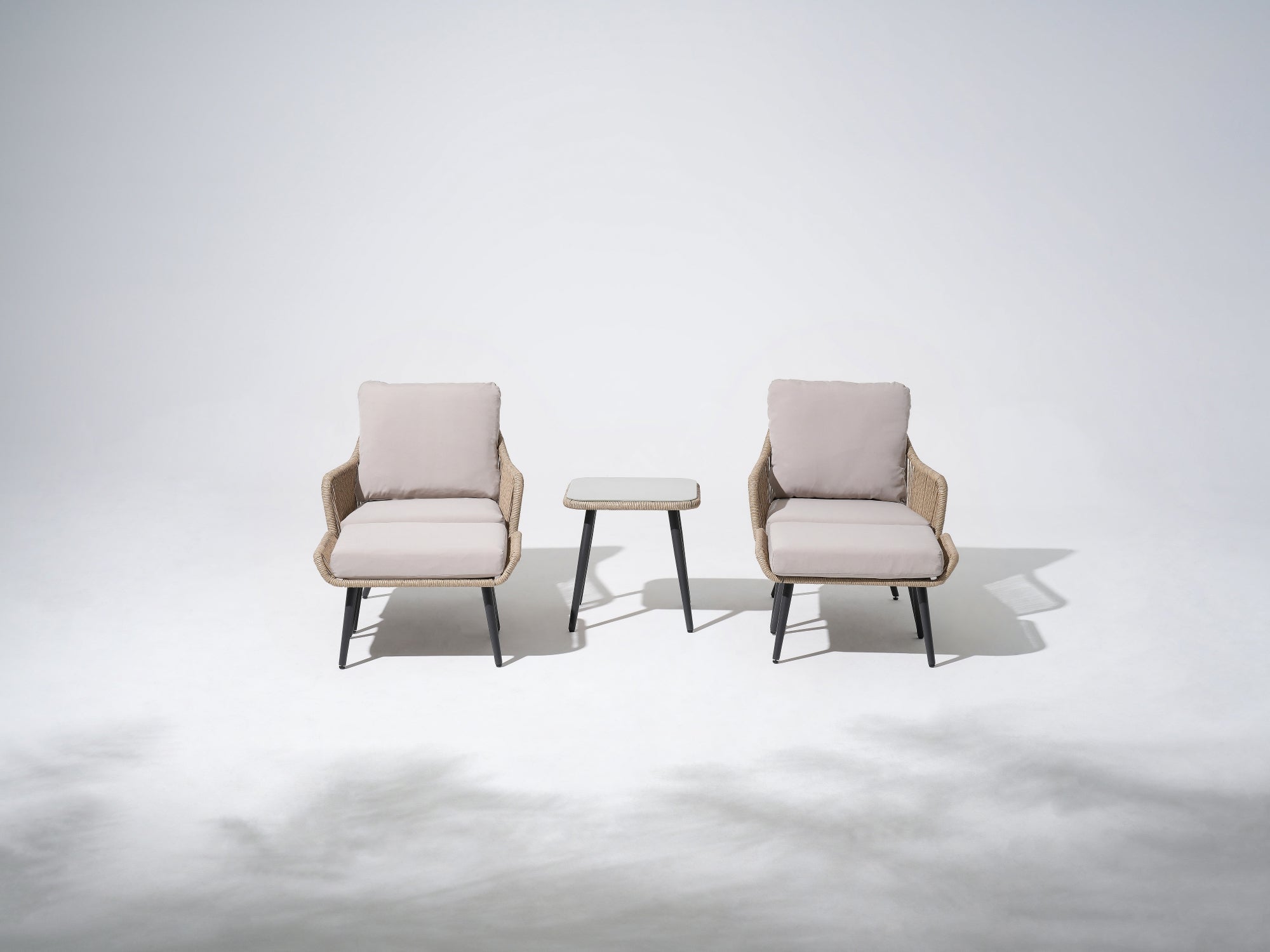As winter approaches, outdoor furniture care becomes a key concern for many households. Each type of furniture material requires tailored maintenance, and today, we’ll focus on how to care for wicker furniture during the colder months.

Wicker furniture is loved for its natural, eco-friendly, and durable qualities. However, the challenges posed by winter weather can take a toll on its condition. Here are some practical tips to keep your wicker furniture looking its best throughout the season:
1. Avoid Prolonged Sun Exposure

While winter sun might seem harmless, ultraviolet (UV) rays can still accelerate the deterioration of wicker, causing it to become brittle. Prolonged exposure can also result in discoloration or yellowing.
- Tip: Use sheer curtains to filter sunlight if your furniture is kept indoors near a sunny window. This will protect the wicker while maintaining adequate natural light.
2. Maintain Proper Ventilation and Dryness

Wicker has the ability to absorb moisture, but excessive humidity can lead to softening, loosening of the weave, or even mold growth. This is especially true during wet or humid winters, such as in regions with frequent rain or snow.
- Tip: On sunny days, move your furniture to an area with good cross-ventilation to allow it to air out. This helps prevent mold and keeps the structure intact.
3. Regular Cleaning

Dust and dirt can easily accumulate on the surface and in the crevices of wicker furniture. Keeping it clean is essential for preserving its appearance and longevity.
- Tip: Use a soft-bristle brush or a vacuum cleaner with a brush attachment to remove dust. For deeper cleaning, wipe the surface with a soft cloth dipped in a mild saltwater solution, then dry thoroughly with a clean towel.
4. Keep Away from Heat Sources

Wicker is sensitive to heat, which can cause it to warp, crack, or lose its shape. Avoid placing it near fireplaces, radiators, or heating vents.
- Tip: Maintain a safe distance from any heat source to ensure the furniture retains its form and integrity.
5. Apply Oil or Wax

Dry winter air can cause wicker surfaces to weather and crack. Treating the furniture with oil or wax can help it retain its flexibility and shine.
- Tip: Use a soft cloth to apply a small amount of plant-based oil, such as linseed or coconut oil, to the surface. Alternatively, consider using furniture care oil or wax for added protection.

By following these simple maintenance steps, you can ensure that your wicker furniture stays in excellent condition throughout the winter. With proper care, its natural beauty and durability will continue to enhance your home or outdoor space for years to come.
Feel free to share your own wicker care tips or experiences in the comments below!









